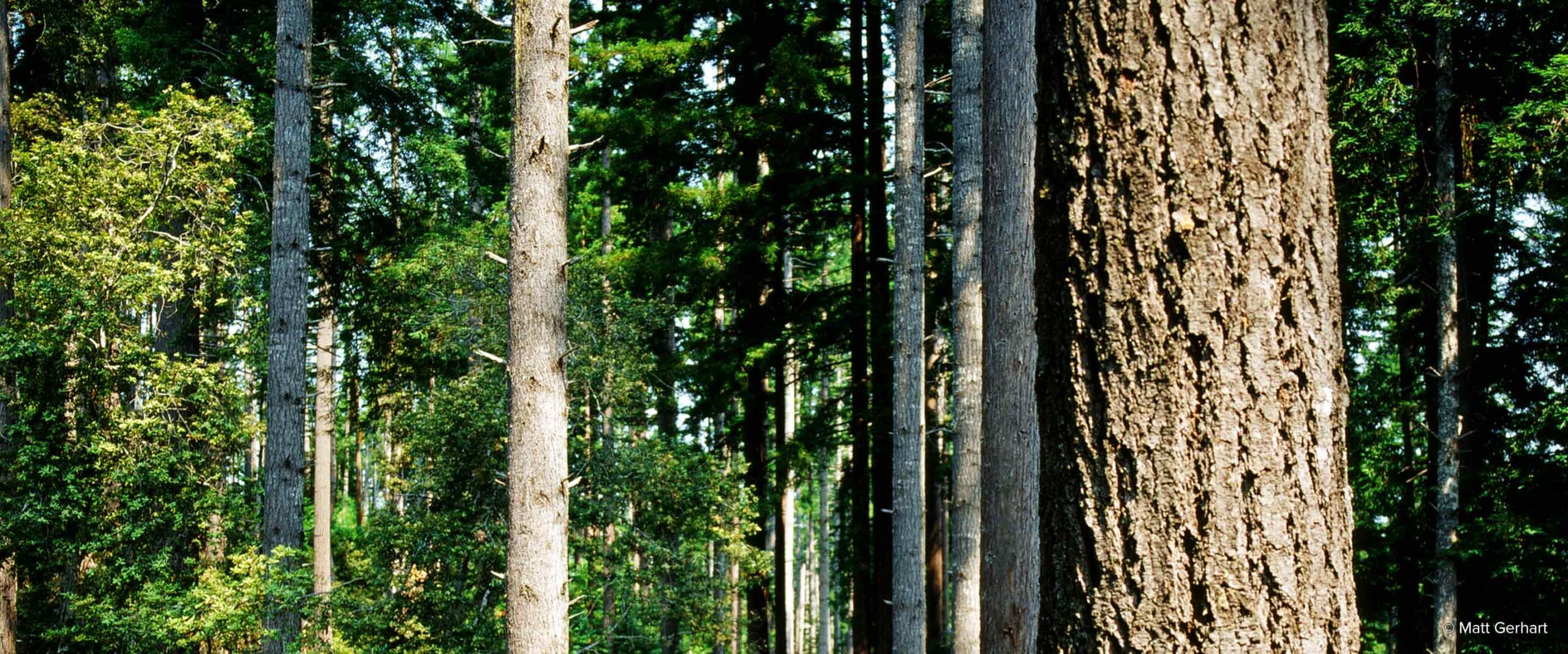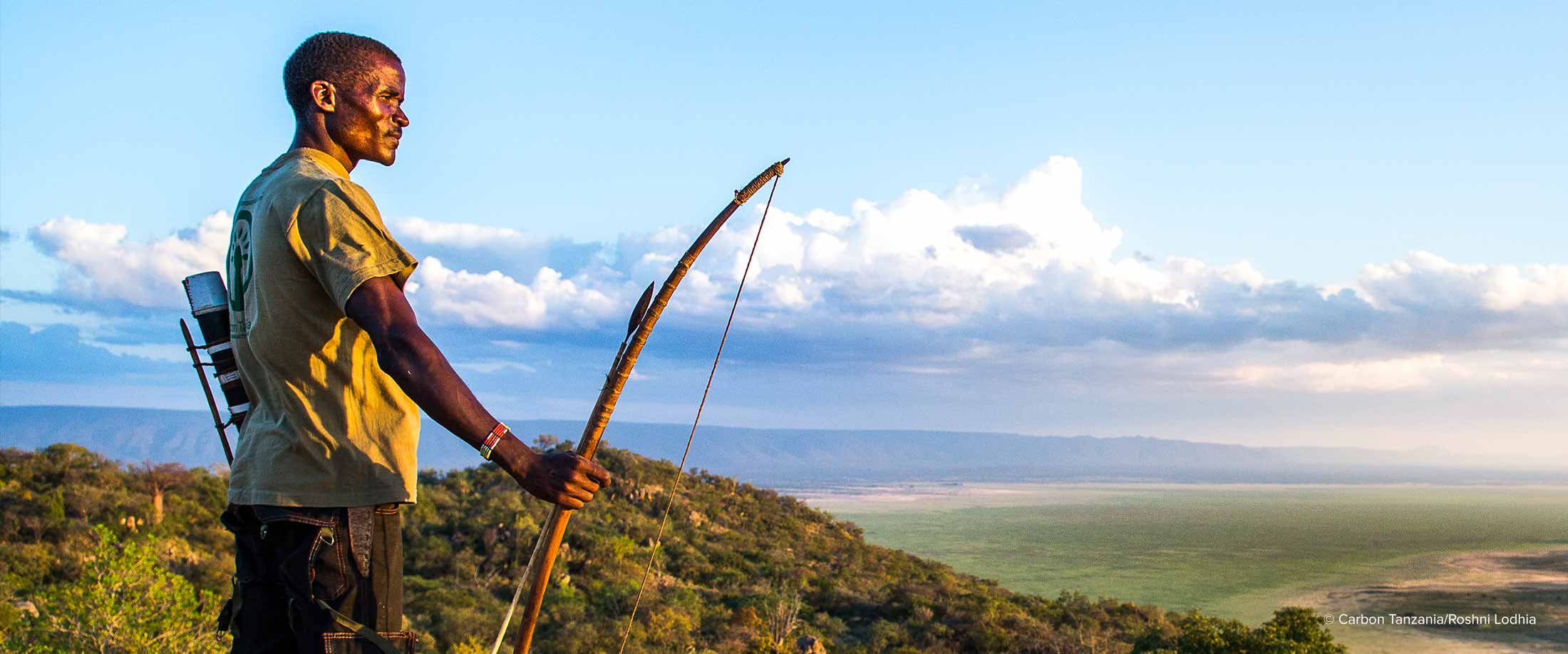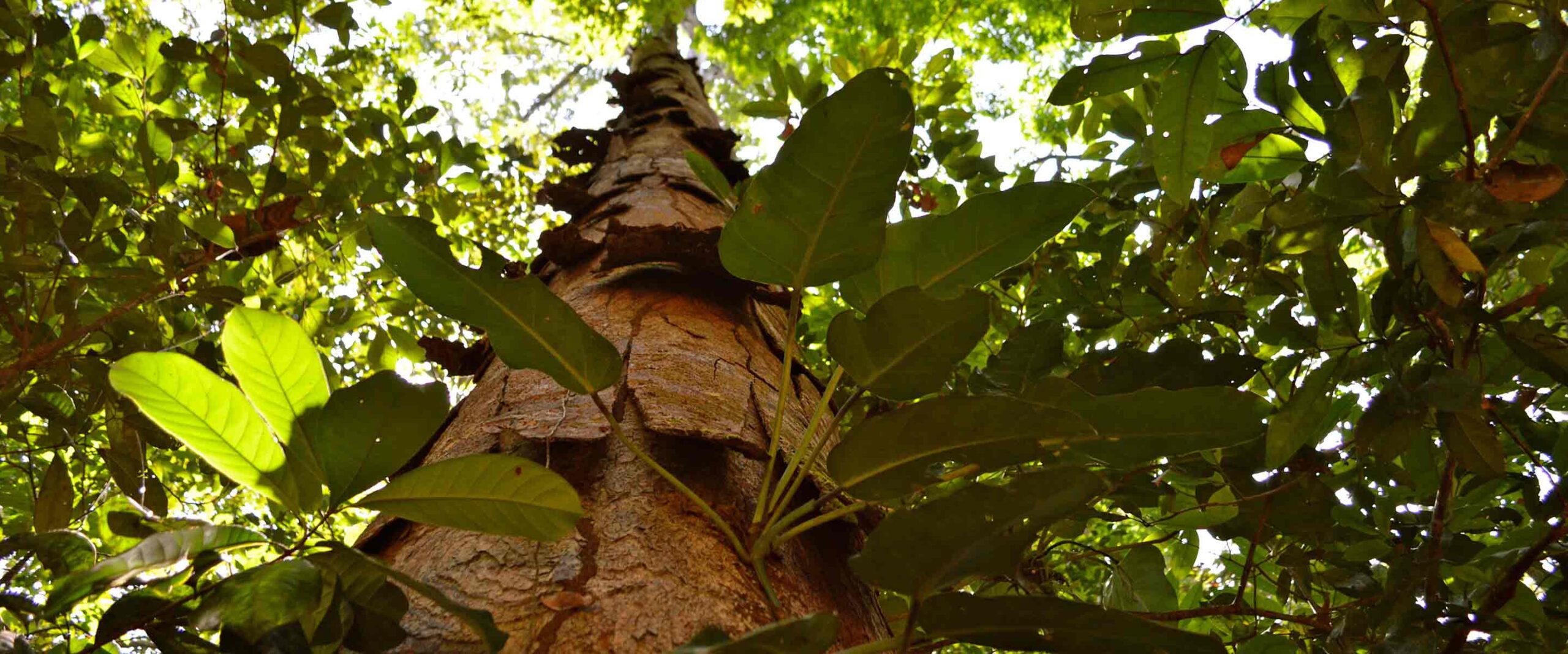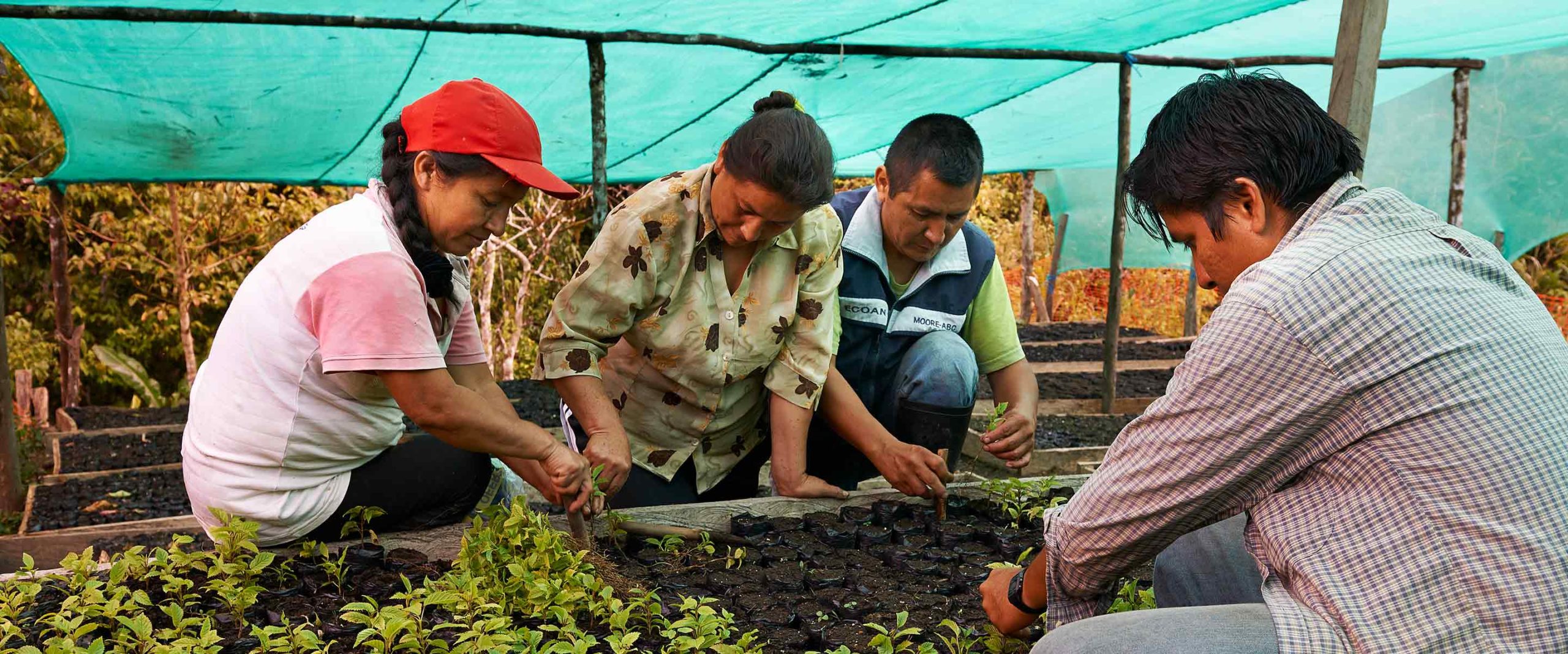
This project is protecting a critical forest ecosystem that supports over 1,000 species in northern Peru. By providing benefits to local communities, the project motivates farmers to conserve the forest and promotes sustainable production of the region’s main crop: coffee. Where & Why The Alto Mayo Protected Forest is a...
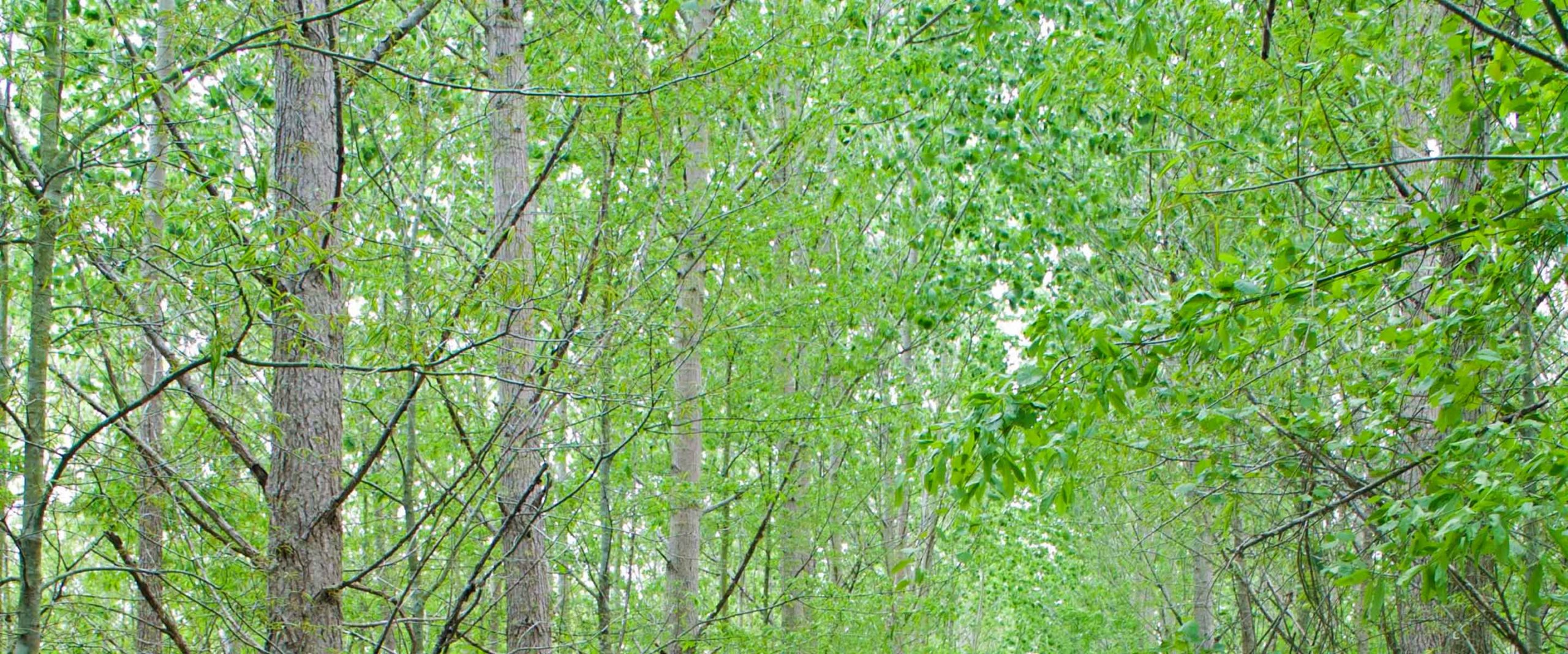
This project is reforesting 1 million acres of farmland in the Lower Mississippi Alluvial Valley by planting and protecting trees. In addition to storing carbon, the revitalized forest will generate income for local landowners, provide a habitat for migratory birds, and prevent pollution from entering the Mississippi River. Where &...

